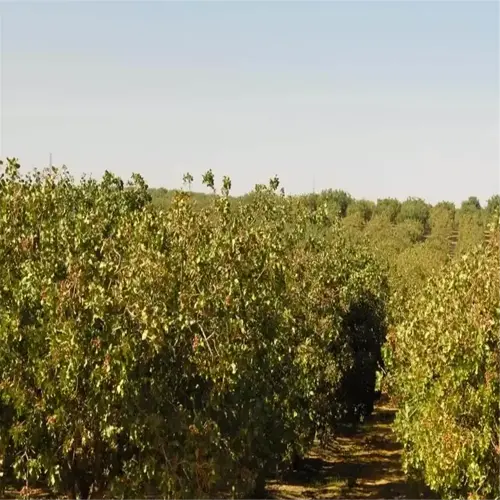What climate is best for pomegranates?

Written by
Julia Anderson
Reviewed by
Prof. Charles Hartman, Ph.D.To successfully cultivate pomegranates, it all begins with climate suitability. These hardy plants thrive in USDA zones 7-10, surviving winter lows down to 12°F (-11°C) when established. This past winter, I sheltered young trees from unexpected frosty events by wrapping them with burlap and applying 6" of mulch. Select a location that receives at least 6 hours of sun a day.
Zone Requirements
- Zones 7-10: Ideal for most cultivars
- Zone 6: Possible with ‘Salavatski' and heavy mulch
- Humidity: Tolerates 40-60% if soil drains well
Soil Adaptation
- pH range: 5.5-7.5 (tolerates alkaline soils)
- Drainage: 1-2" (2.5-5cm) per hour minimum
- Amendments: Add gypsum for clay compaction
The protection of plants in winter is essential in marginal regions.I wrap trunks to a height of decorative tape below a temperature of 20°F(-7°C). Roots can endure colder soils than branches. One of my clients had a tree that emerged from its roots after the canopy was killed at -5°F (-21°C). Place plants against the south-facing wall for the benefit of thermal mass.
Summer temperatures result in accumulated sugar contents in fruit; follow summer drought principles of deep irrigation every 10-14 days. My California orchard typically utilizes 15 gallons of water per tree/ week through drip lines. Orchards should avoid overhead watering, as this further increases fungal possibilities. Leaves scorch when only the top level of the soil receives water or moisture does not penetrate the roots.
Microclimates allow more options for growing. Because of urban heat islands, I successfully grown ‘Eversweet' in zone 6b. A rooftop garden with some sort of wind protection approximates zone 8 conditions. Always test your site: keep a record of frost dates and summer high temperatures. A friend harvested 90 fruit from his Detroit balcony tree!
Read the full article: How to Grow Pomegranate: Expert Tips for Success

